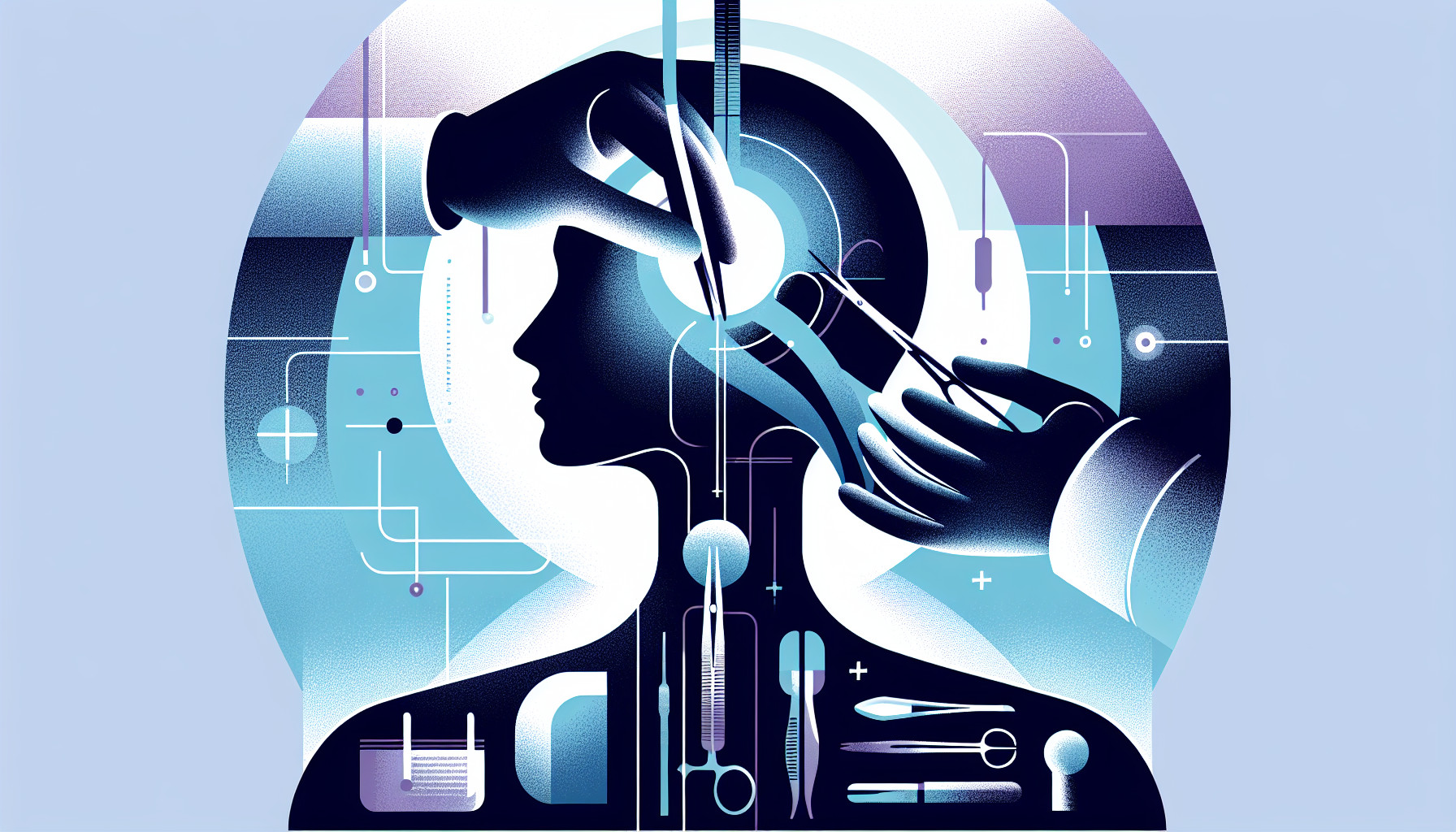Our Summary
The research paper is about a new tool called CRSAI 1.0, which was created to help diagnose a condition called chronic rhinosinusitis (long-term inflammation of the sinuses). The tool was developed using samples of tissue from patients with this condition.
The researchers used a type of artificial intelligence (machine learning) to train the tool to recognize four types of inflammation-causing cells in the tissue samples. The tool was able to accurately identify these cells in patients from various hospitals, meaning it can potentially be used in many different settings.
The tool can help doctors to quickly diagnose chronic rhinosinusitis and determine the best treatment for each individual patient. It could be particularly useful for patients with nasal polyps (small, non-cancerous growths in the nose), as the type of inflammation-causing cells can vary significantly in these cases.
The results of the study show that CRSAI 1.0 is a promising tool for diagnosing and treating chronic rhinosinusitis.
FAQs
- What is the new tool CRSAI 1.0 developed for?
- How does CRSAI 1.0 help in diagnosing chronic rhinosinusitis?
- How can CRSAI 1.0 be beneficial for patients with nasal polyps?
Doctor’s Tip
One helpful tip a doctor might tell a patient about nasal polyp removal is to follow post-operative care instructions carefully. This may include using nasal saline rinses, avoiding activities that could increase nasal pressure (such as heavy lifting or strenuous exercise), and taking prescribed medications as directed. It is important to attend follow-up appointments with your doctor to monitor your recovery and ensure the best possible outcome.
Suitable For
Patients with chronic rhinosinusitis, particularly those with nasal polyps, are typically recommended nasal polyp removal if they have severe symptoms that do not improve with other treatments such as nasal corticosteroids, antibiotics, or nasal irrigation. Patients with nasal polyps that cause significant obstruction of the nasal passage, recurrent sinus infections, or a decreased sense of smell may also be candidates for nasal polyp removal. Additionally, patients who experience frequent sinus headaches, facial pain or pressure, or persistent nasal congestion despite medical management may also benefit from nasal polyp removal.
Timeline
Before nasal polyp removal:
- Patient experiences symptoms of chronic rhinosinusitis such as nasal congestion, runny nose, facial pain or pressure, and reduced sense of smell.
- Patient may undergo imaging tests such as CT scans to confirm the presence of nasal polyps.
- Patient may undergo allergy testing to identify triggers for the condition.
- Patient may be prescribed medications such as nasal corticosteroids or antibiotics to manage symptoms.
After nasal polyp removal:
- Patient undergoes nasal polyp removal surgery, which can be done endoscopically or through traditional surgery.
- Patient may experience some discomfort or nasal congestion immediately after surgery.
- Patient is typically able to go home the same day or after a short hospital stay.
- Patient may be prescribed medications to prevent recurrence of nasal polyps.
- Patient follows up with their doctor for post-operative care and monitoring of symptoms.
What to Ask Your Doctor
How will the removal of nasal polyps affect my overall quality of life and ability to breathe?
What are the potential risks and complications associated with nasal polyp removal surgery?
What type of anesthesia will be used during the procedure and what are the potential side effects?
How long is the recovery process after nasal polyp removal surgery and what can I expect in terms of pain and discomfort?
Will I need to follow any specific post-operative care instructions or take any medications after the surgery?
Are there any alternative treatments or procedures available for nasal polyps that I should consider before opting for surgery?
How likely is it that the nasal polyps will recur after removal and what can I do to prevent this from happening?
Can you explain how CRSAI 1.0 will be used in my diagnosis and treatment plan for chronic rhinosinusitis and nasal polyps?
What are the potential benefits of using CRSAI 1.0 in my case and how does it compare to other diagnostic tools or methods?
Are there any ongoing clinical trials or research studies related to nasal polyp removal and chronic rhinosinusitis that I should be aware of?
Reference
Authors: Ding J, Yue C, Wang C, Liu W, Zhang L, Chen B, Shen S, Piao Y, Zhang L. Journal: Expert Rev Clin Immunol. 2023 Jul-Dec;19(8):1023-1028. doi: 10.1080/1744666X.2023.2207824. Epub 2023 Apr 28. PMID: 37099717
